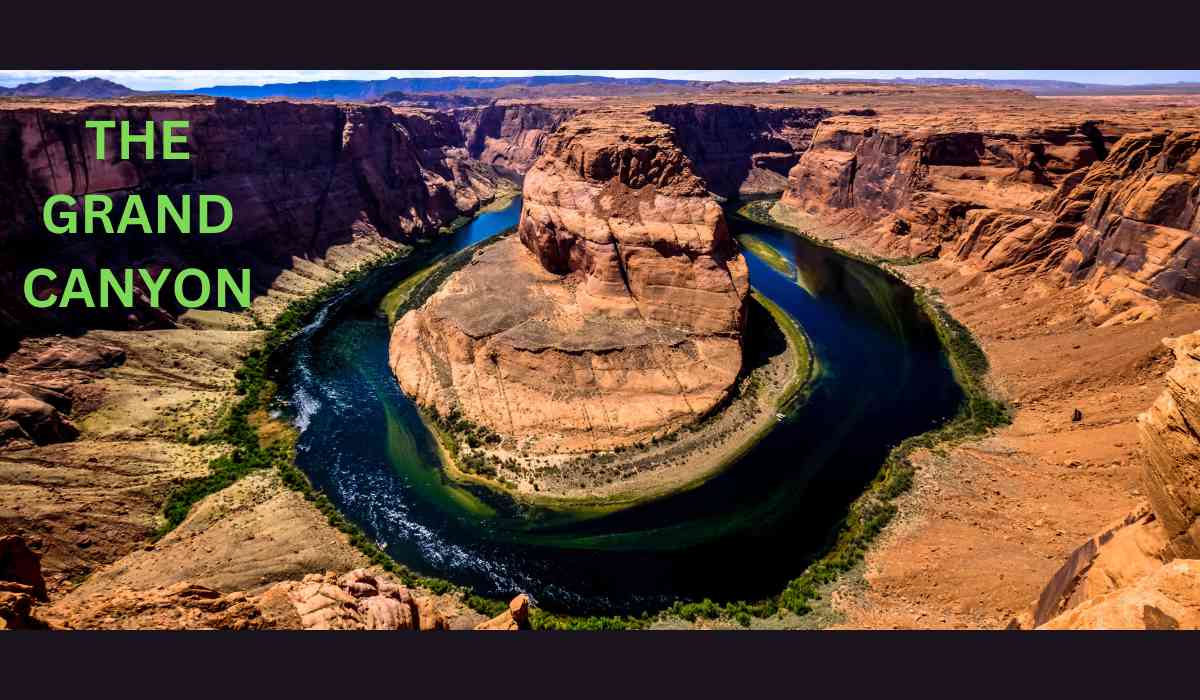Nestled in the heart of northern Arizona lies a breathtaking wonder that has captivated humanity's imagination for centuries—the Grand Canyon. This colossal mile-deep gorge stands as a testament to the intricate dance between nature's forces and the rich tapestry of human history. Carved by the patient hands of the Colorado River over millions of years, the Grand Canyon is a living canvas, adorned with layers of pink, golden, and orange rock that tell tales of ancient epochs. From its geological marvels to its rich cultural heritage, let's embark on a journey to uncover the myriad facets that make the Grand Canyon a symbol of nature's grandeur and human resilience.
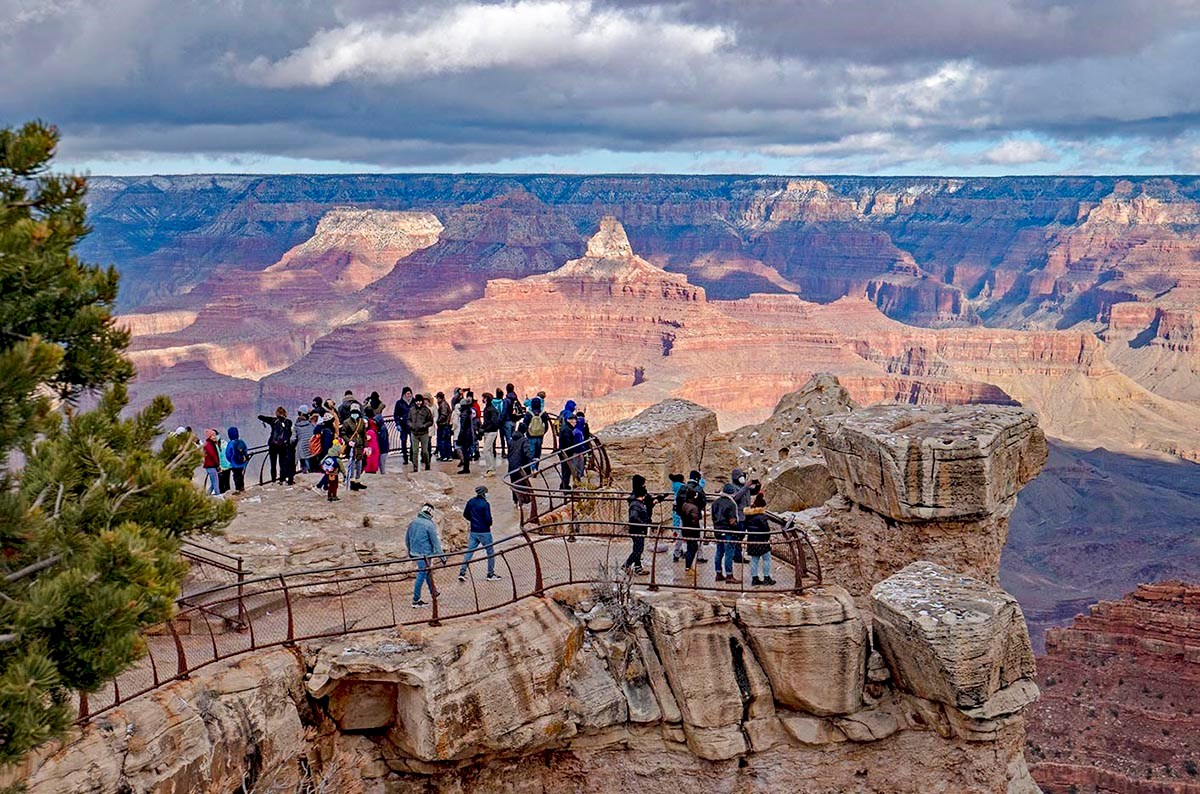
A Geologic Marvel
Stretching over 270 miles in length, up to 18 miles in width, and plunging to depths of a mile, the Grand Canyon stands as one of the world's largest canyons. Its formation commenced approximately five to six million years ago, as the Colorado River etched a profound channel through layers of rock. The canyon's exposed walls unveil a remarkable history, showcasing Earth's crust dating back nearly two billion years. Geologists have been granted a unique window into the planet's evolution through time, with the Vishnu Basement Rocks, formed 1.7 billion years ago, revealing the captivating story of molten magma and the joining of ancient terrains.
Native Cultures and Their Legacy
Stepping into the Grand Canyon, one steps into the footsteps of those who called this majestic expanse home for thousands of years. Archaeological findings paint a picture of human habitation dating back to nearly 12,000 years ago, a time when mammoths and giant sloths roamed North America. Among the Ancestral Pueblo people, Paiute, Navajo, Zuni, Hopi, and Havasupai tribes, the Grand Canyon nurtured unique cultures, each leaving their indelible mark. The Havasupai, who now claim the canyon as their ancestral haven, weave a tale of resilience and triumph over adversity.
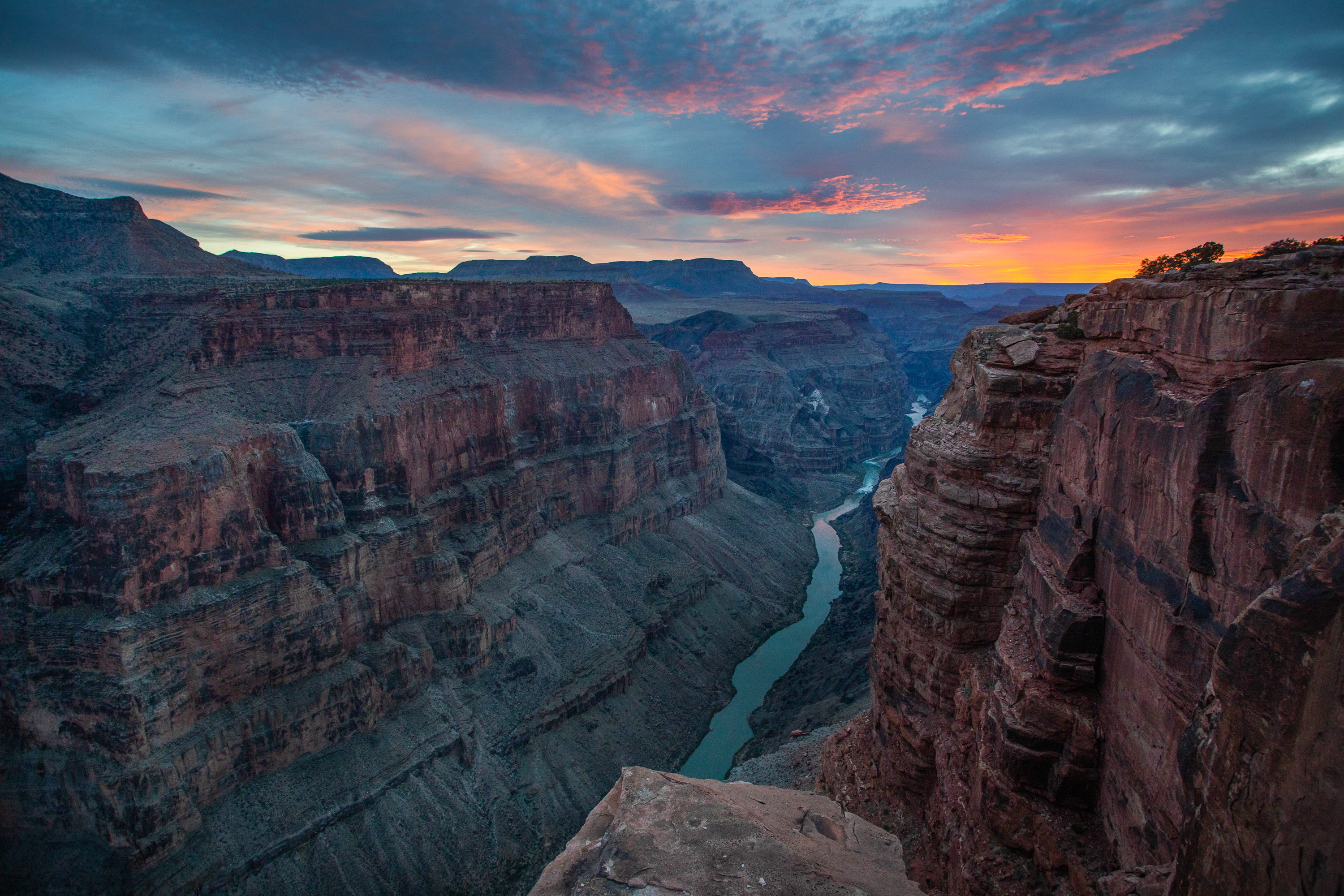
Explorers and Pioneers
In the 1540s, Spanish explorers, guided by Hopi locals, were the first Europeans to lay eyes on the Grand Canyon. Fast forward to 1858, when Joseph Christmas Ives and John Newberry embarked on a mapping expedition of the Colorado River, turning the canyon into a subject of scientific intrigue. Notably, John Wesley Powell, armed with his spirit of adventure, ventured into the heart of the canyon and mapped the river's path with meticulous detail.
Grand Canyon Village
Amidst the rugged wilderness of the Grand Canyon, pioneers seeking copper in the 1880s stumbled upon an unexpected treasure: tourism. Benjamin Harrison's 1893 declaration of the Grand Canyon as a forest reserve marked the initial step towards its preservation. The advent of a railway in 1901 provided access to Grand Canyon Village, paving the way for Theodore Roosevelt's endeavours to protect the area for generations to come. In 1919, the Grand Canyon finally attained the coveted status of a National Park.
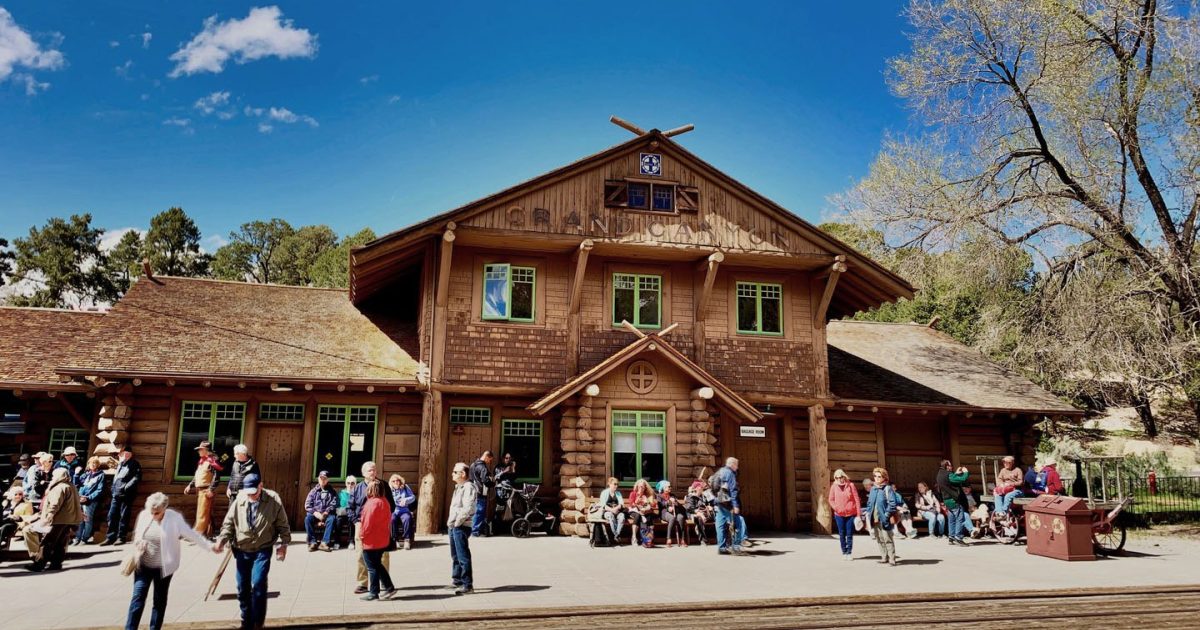
A Tapestry of Life and Wonder
The Grand Canyon's significance is not merely geological; it's a living testament to the intricate dance of ecosystems. Spanning five life zones and three desert types, the park shelters over 1,500 plant species, 355 bird species, 89 mammal species, 47 reptile species, 9 amphibian species, and 17 fish species. As diverse as the canyon's strata, these life forms harmonize to create a symphony of nature.
The Grand Canyon Skywalk
Today, the Grand Canyon enchants approximately five million visitors annually, drawing them to its astonishing beauty and diverse ecosystems. The Grand Canyon Skywalk, a glass-floored walkway, adds a touch of modernity to the timeless landscape, albeit amidst debates about its impact on sacred sites. The canyon's allure is, however, not without its challenges. Strained water resources and the preservation of Native American heritage require a delicate balance.
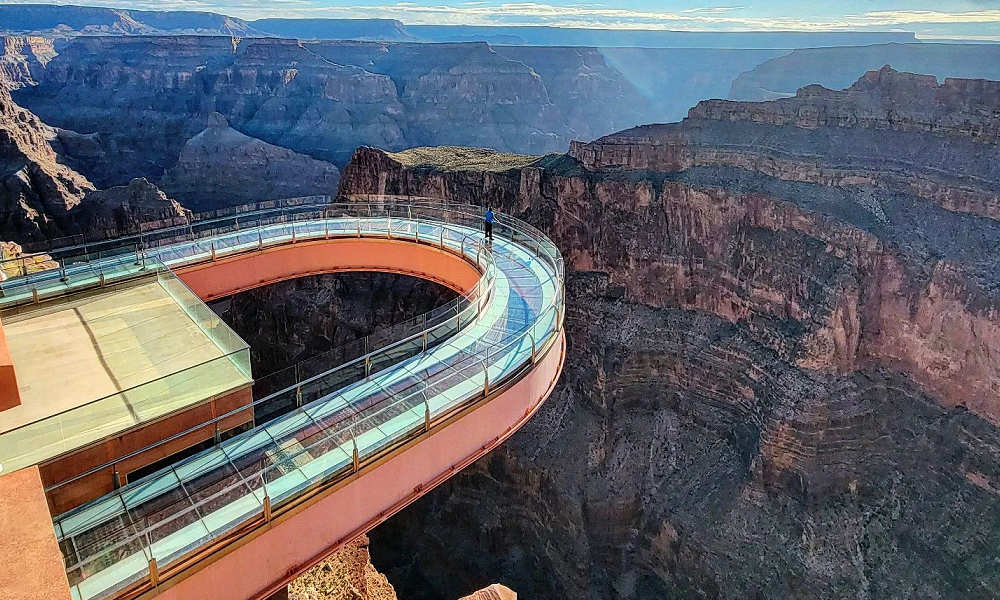
Amazing Facts About the Grand Canyon
1. Enigmatic Age of the Grand Canyon
The true age of the Grand Canyon remains uncertain. While it was believed that the Colorado River began shaping the canyon six million years ago, recent studies suggest the process might have started as far back as 70 million years ago, portraying a complex geological history.
2. Grand Canyon's Vastness Beyond Rhode Island
Grand Canyon National Park dwarfs Rhode Island in size, covering a sprawling 1,904 square miles, surpassing Rhode Island's 1,212 square miles. The canyon itself reaches staggering depths of over a mile and spans ten miles across in certain areas.
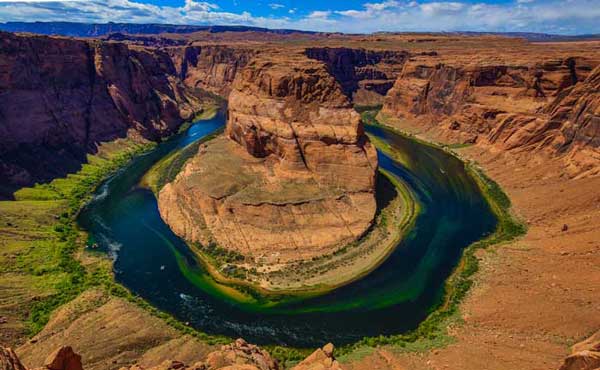
3. Weather Creation within the Canyon
The Grand Canyon shapes its own weather due to drastic elevation changes, leading to diverse temperature and precipitation variations across its expanse. During summer, the depths of the gorge can become intensely hot, while the North Rim experiences sub-freezing temperatures in winter.
4. Not the Deepest Canyon
Although famous, the Grand Canyon isn't the world's deepest canyon. Depending on measurement criteria, it ranks behind the Cotahuasi Canyon in Peru and the Kali Gandaki Gorge in Nepal.
5. No Dinosaur Bones
Despite its appearance, the Grand Canyon lacks dinosaur fossils. The rock layers predate the dinosaurs' existence.
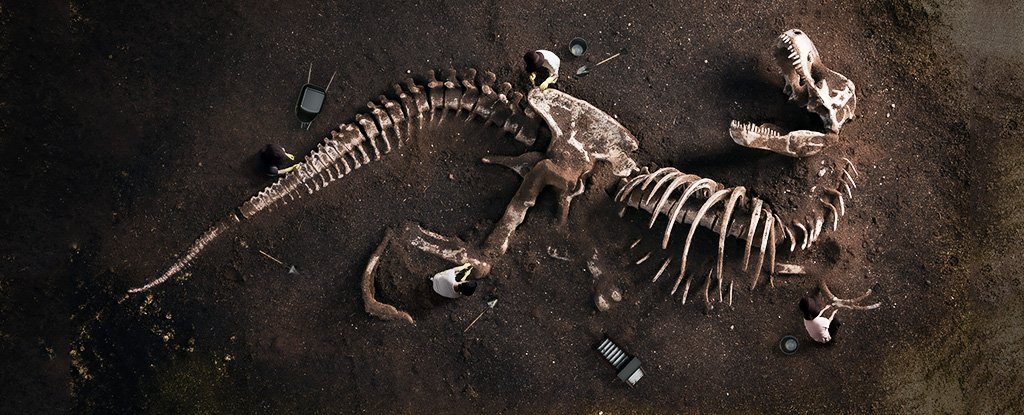
6. Abundance of Other Fossils
Various fossils, excluding dinosaurs, have been discovered in the Grand Canyon, spanning marine life from 1.2 billion years ago to land mammals that inhabited canyon caves 1.2 billion years ago.
7. Unique Fish Habitat
The Grand Canyon's challenging fish habitat, with temperature extremes and frequent floods, only supports eight native fish species, six of which are exclusive to the Colorado River.
8. The most dangerous animal: Rock Squirrel
Surprisingly, the rock squirrel is the most dangerous animal within the canyon, responsible for most visitor bites, surpassing even Gila monsters and bighorn sheep.

9. Unique Pink Rattlesnake
The Grand Canyon Pink Rattlesnake, exclusive to the area, blends into the surroundings with its pink hue. It's one of six rattlesnake species found within the park.
10. Supai Village
Supai Village, nestled within the Havasupai Indian Reservation, stands at the base of the Grand Canyon. Inaccessible by road, it's a remote community with a population of 208, where mail is still delivered by pack mule.
11. Mysterious Missing Rocks
The Grand Canyon exhibits a geological anomaly known as the Great Unconformity. This phenomenon features 250-million-year-old rock layers directly juxtaposed against 1.2 billion-year-old rocks, leaving a mystery of missing layers spanning millions of years.
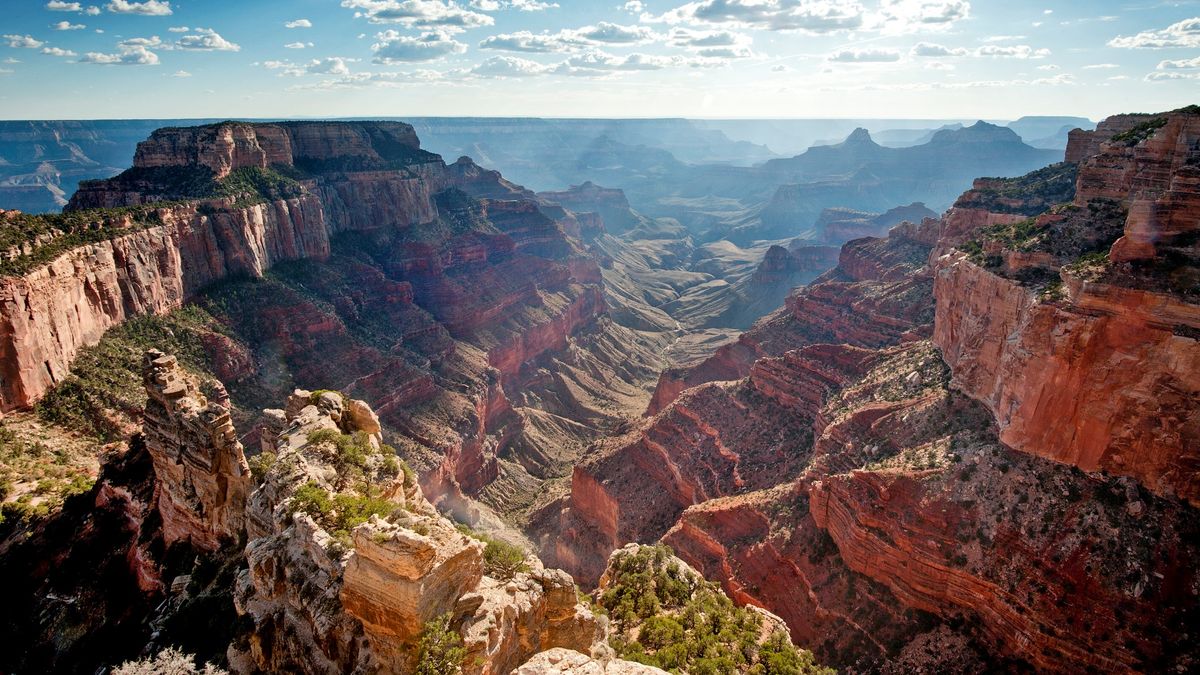
12. Pristine Air Quality
The air quality at the Grand Canyon is among the cleanest in the United States due to its elevation, with the South Rim positioned at around 7,000 feet (2133m) above sea level.
13. Ever-Changing Landscape
The Grand Canyon's landscape is shaped by the Colorado River, wind, and rain over time. Although the changes are gradual, they remain ongoing.
14. A Spiritual Gateway
The Grand Canyon holds profound spiritual significance for the Hopi Tribe, acting as a gateway to the afterlife. The tribe believes that upon death, one's journey to the afterlife leads westward through a "place of emergence" situated upstream from the confluence of the Colorado and Little Colorado rivers within the canyon.
15. Hidden Caves Within the Depths
Approximately 1,000 caves are estimated to exist within the Grand Canyon, yet only 335 have been officially recorded. Of these, only one cave is accessible to the public.

16. 1909 Hoax and Ancient Civilizations
In 1909, the Arizona Gazette published a story claiming the discovery of an ancient Tibetan or Egyptian civilization within an underground tunnel in the Grand Canyon. However, the Smithsonian denied any knowledge of the archaeologists involved, leading to ongoing conspiracy theories of a government cover-up.
17. Kolb Brothers' Photographic Business
The Kolb brothers capitalized on photography within the Grand Canyon, creating a successful venture by capturing tourists' images as they embarked on mule rides. The Kolb Studio in Grand Canyon Village stands as a testament to their entrepreneurial spirit.
18. Epic Drive Across the Canyon
The journey from the North Rim Visitor Center to the South Rim Visitor Center spans around 200 miles (320 km) and takes approximately four hours, providing a perspective on the canyon's immense size.

19. Grand Canyon's Exclusive Achievements
Fewer people have completed an end-to-end hike of the Grand Canyon than have walked on the moon, showcasing the challenge and allure of this natural wonder.
20. FAA's Origin Tied to Tragedy
The Federal Aviation Administration (FAA) owes its existence to the Grand Canyon. A tragic collision of commercial aeroplanes over the park in 1956 prompted the creation of the FAA.
21. Ancient Figurines and Rituals
Hundreds of split-twig figurines resembling animals have been found in the canyon walls. Anthropologists believe these were used in prehistoric religious rituals.
Thought you knew everything about the Grand Canyon? Think again.
Beyond its breathtaking vistas lies a world of astonishing facts and unexplained phenomena. Whether you're pondering its age, uncovering hidden villages, or marvelling at its ever-shifting nature, the Grand Canyon never ceases to captivate. Embark on an expedition to this natural wonder, and let its grandeur and mysteries envelop you in an unforgettable experience.
© Copyright 2023. All Rights Reserved Powered by Vygr Media.

